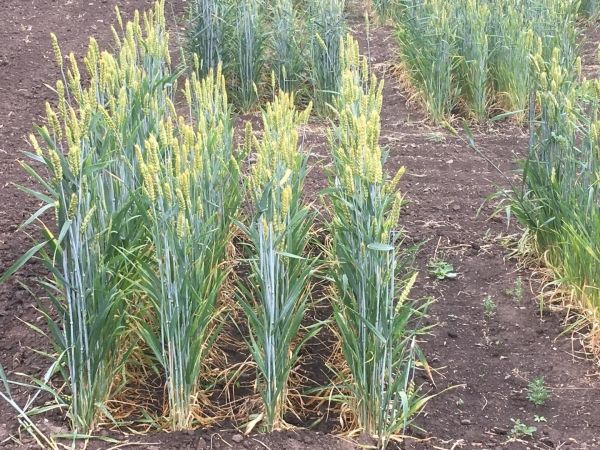In recent years, the number of people affected by coeliac disease, wheat allergy or gluten or wheat sensitivity has risen sharply.
In recent years, the number of people affected by coeliac disease, wheat allergy or gluten or wheat sensitivity has risen sharply. But why is this the case? Could it be that modern wheat varieties contain more immunoreactive protein than in the past? Results from a study by the Leibniz-Institute for Food Systems Biology at the Technical University of Munich and the Leibniz Institute of Plant Genetics and Crop Plant Research are helping to answer this question.
Wheat grains contain about 70 percent starch. Their protein content is usually 10 to 12 percent. Gluten accounts for the lion's share of proteins, at around 75 to 80 percent. Gluten is a compound mixture of different protein molecules. These can be roughly divided into two subgroups: "gliadins" and "glutenins".
It has long been known that wheat proteins can trigger disorders such as coeliac disease or wheat allergies. Approximately 1 or 0.5 percent of the adult population is affected worldwide. In addition, non-celiac gluten sensitivity (NCGS) is becoming increasingly important in the western world.
Read more at: Leibniz-Institut Fur Lebensmittel-Systembiologie an der Tu Munchen
From the archive, the researchers selected five leading wheat varieties for each decade of the 120 years examined. In order to generate comparable samples, they cultivated the different varieties in 2015, 2016 and 2017 under the same geographical and climatic conditions. (Photo Credit: Katharina Scherf / Leibniz-LSB@TUM)




